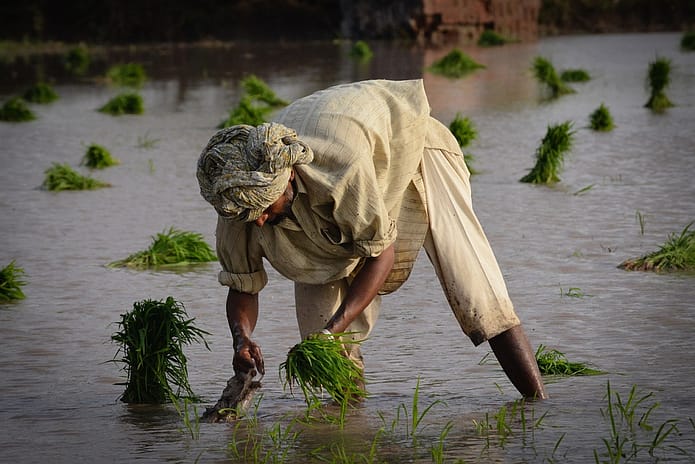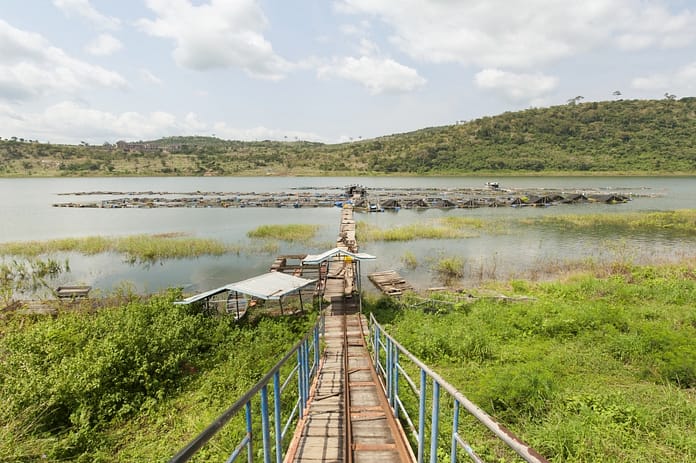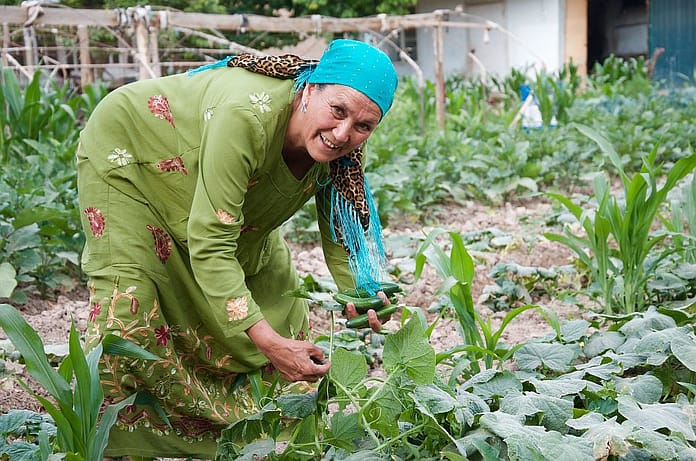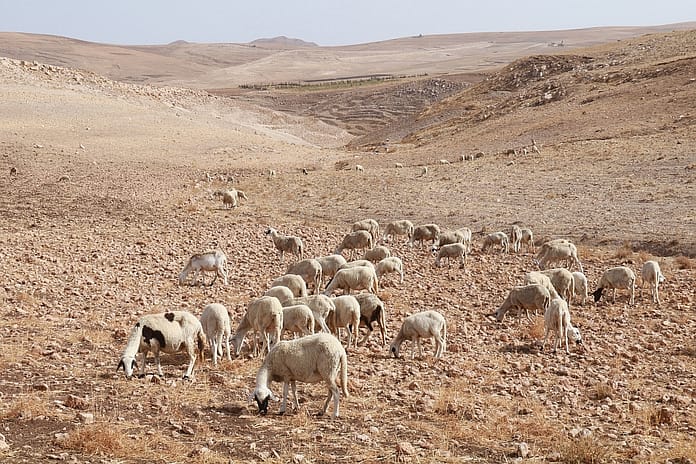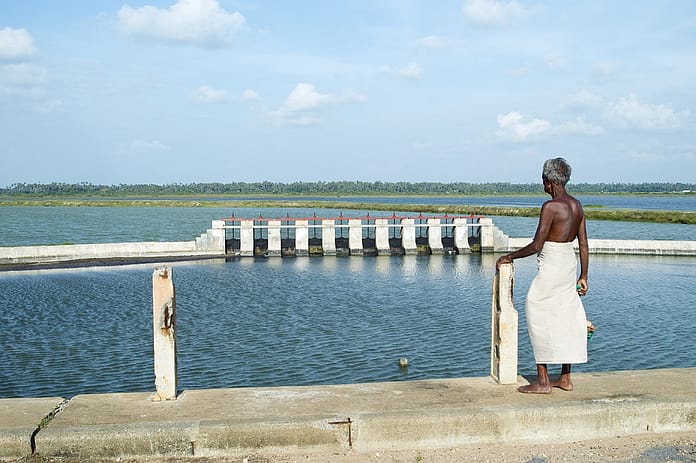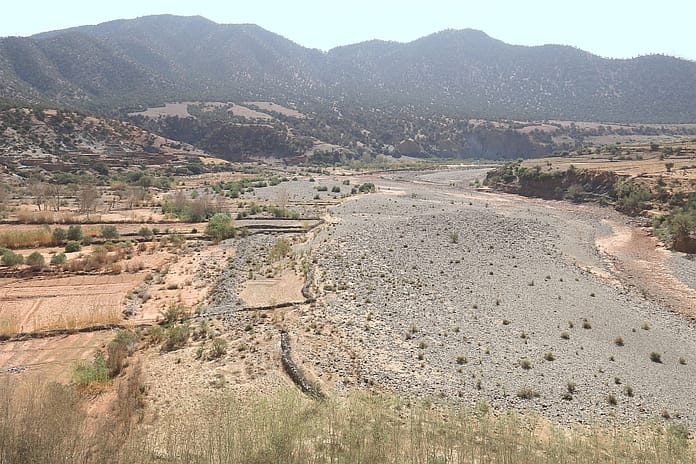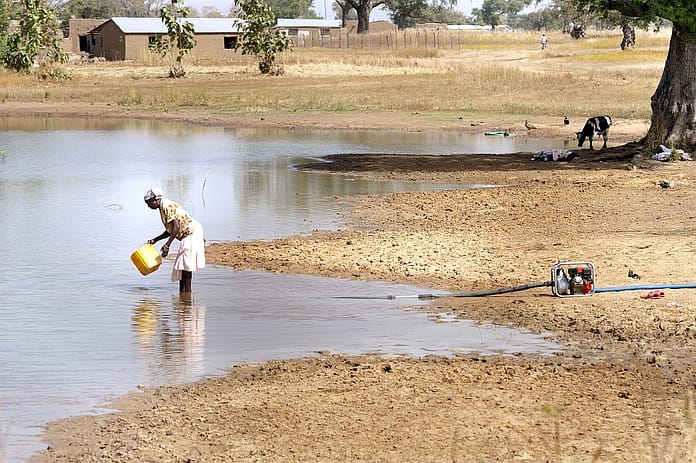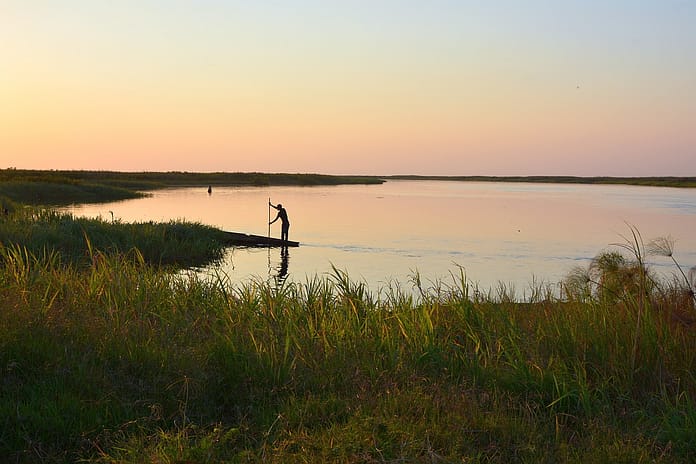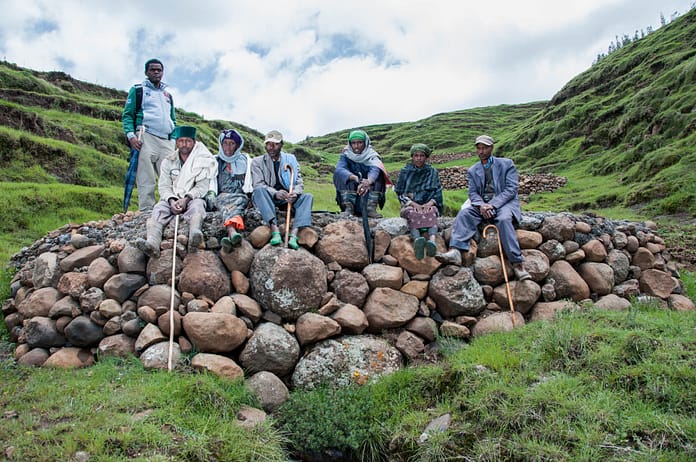The changing benefits of ecosystem services for rural communities in northern Ghana

In contrast with affluent parts of the world, people living along the White Volta River in northern Ghana seldom take water for granted. Its seasonal flows shape their livelihoods, and their keen appreciation of water-dependent ecosystems is evident in local beliefs and customs. Under traditional land tenure, for example, a “land priest” (or tindana) has responsibility, at least symbolically, for all major decisions about natural resources. Ponds and the surrounding trees – key features of the region’s “natural infrastructure” – are considered to be the abode of ancestors. The “grandmother crocodile pond” in one village is named after a female ancestor of the local chief, who is said to have come back to life in this form.
Valuing natural infrastructure
To the reverential attitudes of rural communities, researchers have added new insights on the benefits that natural infrastructure provides to local communities, which can help guide decisions about natural resource management. This was the focus of a team led by Marloes Mul, a hydrologist with the International Water Management Institute (IWMI), and Laetitia Pettinotti from the Basque Centre for Climate Change (BC3), who recently conducted a study in northern Ghana’s Talensi and West Mamprusi Districts to examine the natural infrastructure that sustains ecosystem services and to characterize the potential impacts on these services of changes occurring in the region. Through a “participatory rural appraisal,” the researchers captured the views of local communities on these issues, taking care to distinguish between the differing perspectives of women and men.
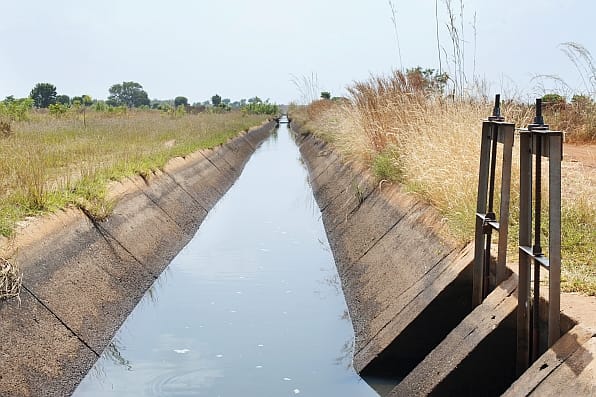
This research formed part of a project called WISE-UP to Climate (Water Infrastructure Solutions from Ecosystem Services Underpinning Climate Resilient Policies and Progammes), which is led by the International Union for Conservation of Nature (IUCN). With support from the German government, the project brings together a half dozen national and international partners. Among them is IWMI, which published the results of the new study in a report titled Dependence of Riparian Communities on Ecosystem Services in Northern Ghana (IWMI Working Paper 179).
Working in both the Volta River Basin as well as Kenya’s Tana River Basin, project researchers aim to demonstrate how “nature-based” solutions can contribute to climate change adaptation and sustainable development. These draw on “portfolios” of both built and natural infrastructure, with the former consisting of dams, levees and so forth, and the latter encompassing wetlands, floodplains and watersheds.
Nature’s all-weather portfolio
Centering on three riparian communities, the new study found that they depend on five distinct types of natural infrastructure: protected forest, shrubs and woodlands (degraded forest), riparian ponds, the White Volta River and seasonal floodplains. The ecosystem services provided by these interconnected features of the landscape depend heavily on seasonal water flows. Annual floods occurring between July and September, for example, increase soil moisture content and deposit fertile soil along the riverbanks, permitting intensive crop production after the floodwaters have receded. The floods also fill ponds, restocking them with fish. In the dry season, moisture remaining around these ponds supports livestock grazing on the floodplains.

Both men and women in the riparian communities benefit from the ecosystem services. While men engage more in activities requiring high-cost inputs, such as nets and boats for fishing in the river, women collect wild fruits, vegetables and nuts, mainly for home consumption. Men also tend to focus on cash-earning activities, such as the collection of honey and sheanuts.
Natural infrastructure thus provides the foundation for local livelihoods, supporting the primary means – farming, fishing and livestock – by which communities obtain income and food. This infrastructure also serves as a social “safety net” near the end of the long dry season, when food supplies and income from agriculture have dwindled. To cope with this critical “lean” period, communities collect a wide variety of wild fruits, such as shea nuts, from the forests and woodlands, and they manage fishing in ponds through a traditional collective approach that ensures maximum benefits for women and men.
Under pressure
Better knowledge about the benefits of natural infrastructure can help communities and local authorities do a better job of managing these resources. This has become particularly urgent in the face of mounting pressures from two sources: climate change and direct human intervention.
Climate change has led to delays in the start of the rainy season, forcing farmers to postpone planting on the floodplains. This, in turn, has increased the risk of flooding before harvest, which damages or destroys crops. The human pressures include overuse of forest resources and the effects of “built infrastructure,” specifically dam construction for hydropower and irrigation, aimed at fostering much-needed economic growth.
The Bagré Dam, built in the early 1990s upstream from the study site in Burkina Faso, has had both positive and negative effects on ecosystem services. By ensuring a steady flow of water throughout the dry season, it enables farmers to irrigate crops and obtain water for domestic use, when other sources (like wells) have dried up. But in the past, emergency releases of water for dam safety near the end of the rainy season have caused floods, leading to loss of life and major crop damage. Increased cooperation between the authorities in Burkina Faso and Ghana has in recent years considerably reduced the damage from flooding.

Construction of the planned Pwalugu Dam in northern Ghana, with larger storage capacity than the Bagré Dam, will further increase the importance of transboundary cooperation. The challenge for dam operators, say the authors of the IWMI study, is to release water from the new dam in a timely manner, giving flows of sufficient magnitude and frequency to maintain ecosystem services but without resulting in large, damaging floods. This is a key part of the wider issue of carefully managing the tradeoffs between the benefits from hydropower and irrigation, on the one hand, and those provided by ecosystem services, on the other.
Read the report:
Mul, M.; Pettinotti, L.; Amonoo, N. A.; Bekoe-Obeng, E.; Obuobie, E. 2017. Dependence of riparian communities on ecosystem services in northern Ghana. Colombo, Sri Lanka: International Water Management Institute (IWMI). 43p. (IWMI Working Paper 179). [doi: 10.5337/2018.201]
Media Coverage
- AgricInGhana.com: Rural communities in northern Ghana seldom take water for granted
- EnviroNewsNigeria.com: Why Ghanaian rural communities seldom take water for granted



